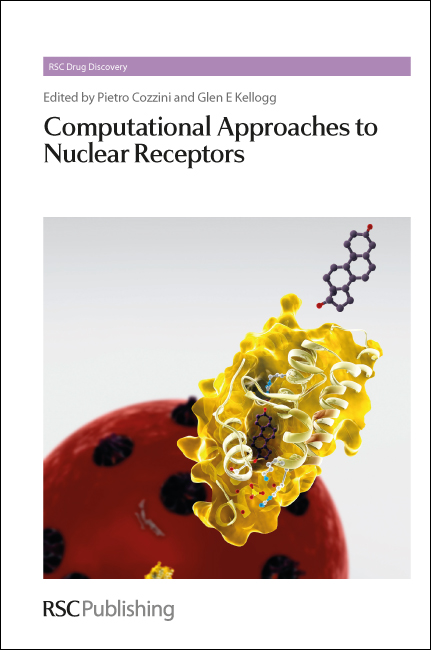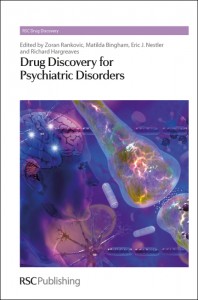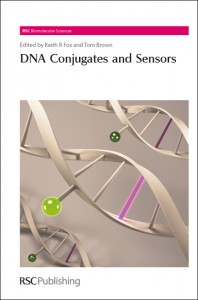 Rather than buying socks this Christmas why not buy a copy of the Case of the Poisonous Socks instead? Or swap chocolates for a copy of Chocolate as Medicine? And for Winter Wonderland fun we’ve got a range of period table products including jigsaws, posters and visual elements trumps.
Rather than buying socks this Christmas why not buy a copy of the Case of the Poisonous Socks instead? Or swap chocolates for a copy of Chocolate as Medicine? And for Winter Wonderland fun we’ve got a range of period table products including jigsaws, posters and visual elements trumps.
Visit our online shop for festive inspiration.
Live near Cambridge, UK? Visit our Books Winter Wonderland on Tuesday 4th December, 1 – 3 pm, Thomas Graham House, Science Park, Milton Road, Cambridge, CB4 0WF.
This is your chance to fill your Christmas stockings and find out more about book publishing with a festive twist. Learn about the lifecycle of a book, how to publish a book and even pitch your ideas to one of our Commissioning Editors!
Join us for Christmas gift inspiration, festive treats and fun as well as games, competitions and prizes – contact us to book your place!
















